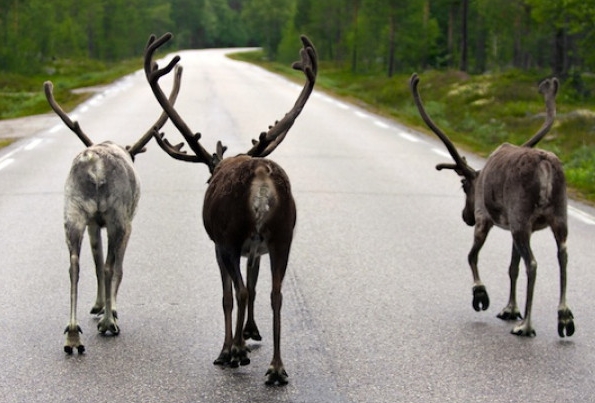Reindeer, also known as caribou, are majestic creatures that hold a special place in folklore and holiday traditions. But where do these animals actually live in the wild?
Habitat Overview
Reindeer are native to the Arctic regions of North America, Europe, Asia, and Greenland. They are specially adapted to survive in cold climates, with thick fur coats and large hooves that help them move through snow and ice.
Tundra
One of the primary habitats of reindeer is the tundra, a vast, treeless biome found in the Arctic and subarctic regions. Here, reindeer graze on lichens, mosses, and grasses that grow in the harsh environment.
Forests
In some regions, reindeer can also be found in boreal forests, where they feed on leaves, twigs, and bark from trees such as spruce, birch, and willow. These forests provide cover and shelter for the animals.
Mountains
In mountainous areas, reindeer are known to migrate to higher elevations during the summer months to escape the heat and insects. Here, they feed on alpine vegetation and move through rugged terrain with ease.
Migration
Reindeer are known for their long-distance migrations, traveling hundreds of miles between their summer and winter ranges. This behavior helps them find food and avoid predators in changing seasons.
Conservation
Due to habitat destruction, climate change, and human activities, reindeer populations are declining in some regions. Conservation efforts are in place to protect these iconic animals and their natural habitats.
Conclusion
Exploring the natural habitat of reindeer provides a glimpse into the beauty and harshness of the Arctic landscape. By understanding where these animals live and how they survive, we can better appreciate and protect their existence for future generations.

